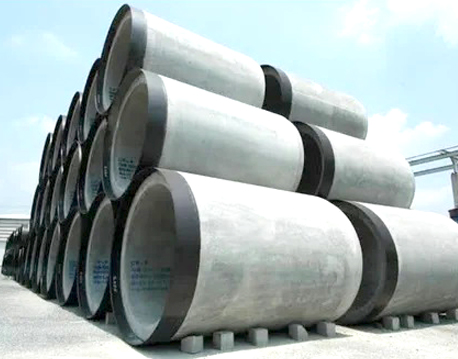RCC HDPE LINER JACKING PIPES
RCC HDPE liner jacking pipes are a specific type of pipe used in trenchless technology for pipeline installation. Let me break it down:
1) RCC (Reinforced Cement Concrete) : This refers to the material used to construct the pipe. RCC pipes are made of a mixture of cement, water, and aggregates like sand and gravel, reinforced with steel bars or fibers.
2) HDPE (High-Density Polyethylene): This refers to the liner material. HDPE is a thermoplastic polymer known for its high strength-to-density ratio and resistance to many solvents. In this context, HDPE is used as a liner inside the RCC pipe to provide additional protection against corrosion or abrasion.
1) Jacking Pipe : This term typically refers to pipes used in trenchless construction methods, where pipes are installed underground without the need for open trenches. Jacking pipes are designed to withstand the forces involved in being pushed or pulled into place through a pre-bored hole or tunnel.
Combining RCC with HDPE liner in jacking pipes offers several advantages :
Corrosion Resistance : HDPE liners protect the RCC pipe from corrosion caused by chemicals or abrasive substances in the transported fluid or surrounding soil.
Smooth Interior : The smooth surface of the HDPE liner facilitates the flow of fluids through the pipe and reduces the risk of clogs or blockages.
Structural Strength : The combination of RCC and HDPE provides a durable and structurally sound pipe suitable for various applications, including sewer systems, drainage systems, and culverts.
Trenchless Installation : Using jacking pipes allows for the installation of pipelines with minimal disruption to the surrounding environment, reducing costs and environmental impact compared to traditional open-cut methods.
These pipes find applications in various infrastructure projects where durability, corrosion resistance, and ease of installation are essential considerations.










